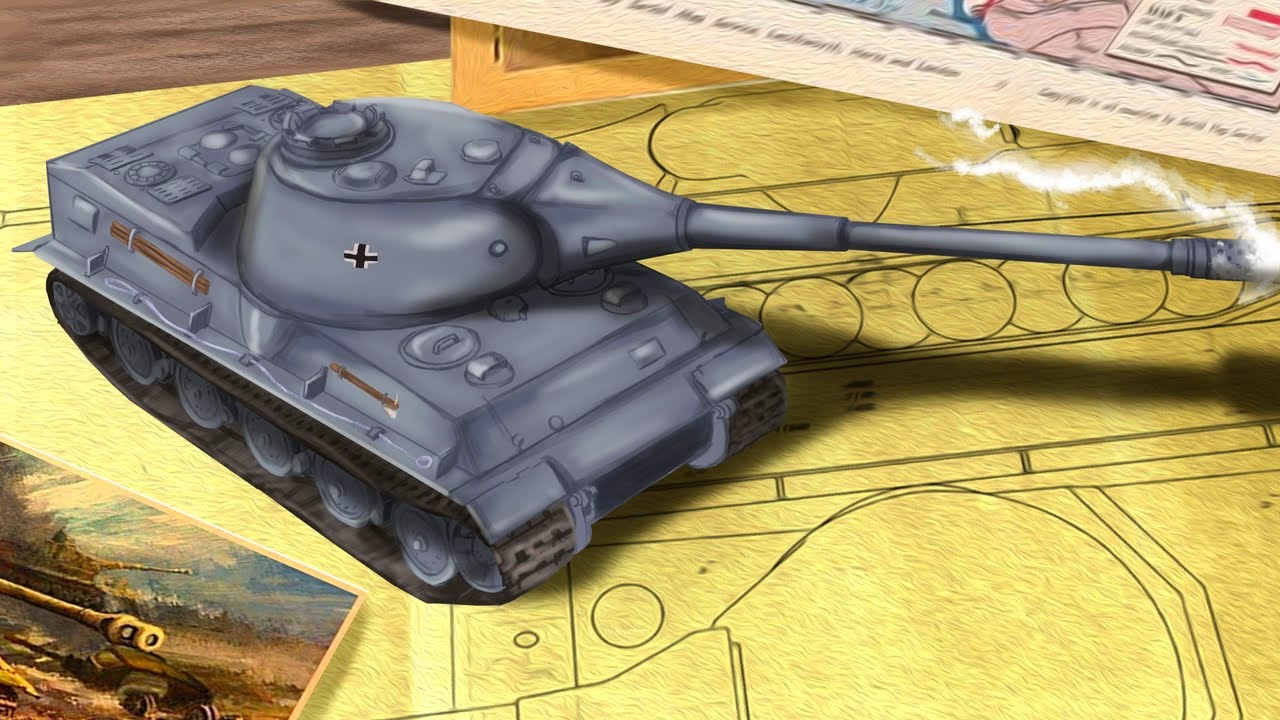Hitler's Lion, The Panzer Vii Löwe | Cursed By Design
Unleash Your Creative Genius with MuseMind: Your AI-Powered Content Creation Copilot. Try now! 🚀
Super heavy tanks have always captured the interest and imagination of military enthusiasts. These behemoths of engineering, despite their impracticality, continue to captivate the minds of history enthusiasts. While tanks like the Maus and E-100 are well-known, they were not the first super heavy tanks conceived by the innovative German tank developers of the 1940s. In this essay, we will delve into the origins of the first true super heavy tank designed by the Nazis, commonly known as the Lowe.
The Lowe: A Design Ahead of Its Time
The Lowe, originally designated as the VK 70.01, was a tank that pushed the boundaries of engineering and design. Initially, the specifications for the Lowe were far from what we would consider a super heavy tank today. The project aimed to create a tank within the 70 metric ton weight class, with a significant portion of the weight allocated to its thick armor. The front armor boasted an impressive 140mm thickness, while the sides had 100mm. The tank was planned to be crewed by the standard 5 crew layout used in most German tanks, with a fully traversable turret.
The Evolution of the Lowe
As the design of the Lowe progressed, it underwent several changes and iterations. In January 1942, Krupp, the company responsible for further development of the tank, presented a concept that included a 10.5 cm Kw.K. L/70 gun. This gun had the capability to penetrate a 160mm plate at a 30-degree angle from a range of 1000 meters. At around the same time, Krupp received a new engine for the tank designed by Maybach, rated at 800 horsepower. This engine was planned to enter production in January 1943, aligning with the tank's production schedule.
Hitler's Influence and the Pursuit of Larger Caliber Cannons
As with most German tank designs of that era, Hitler's influence played a significant role in the development of the Lowe. Hitler, a proponent of large caliber cannons, advocated for the fitting of a 128mm gun to this new weight class of tank. However, Krupp decided to work with the 105mm gun, while also planning for a turret with a much larger 150mm gun that could fit on the same hull. This larger armament was not only intended for direct fire but also for long-range artillery, with a planned elevation of 35 to 40 degrees.
The Abandonment of the Lowe and Its Legacy
Despite the efforts to keep the Lowe design alive, Hitler's desire for larger and heavier tanks ultimately led to the abandonment of the project. The Lowe, weighing nearly 100 tons, no longer fulfilled the increasingly insane standards of the German tank program. The program was officially abandoned on June 7th, 1942, in favor of pursuing the development of the Maus.
While the Lowe never saw production, its legacy lives on. In the world of tanks, the Lowe is immortalized as a playable tank in games like World of Tanks and is also known as the Panzer VII. Although the in-game representation may not be an exact replica of the real Lowe, it offers a glimpse into what the theoretical designs put on paper would have looked like.
In conclusion, the Lowe represents a fascinating chapter in the history of tank development. Its complex web of ideas and constant changes showcase the challenges faced by German tank designers during World War II. While the Lowe may have never seen the battlefield, its influence on future tank designs cannot be overlooked.
